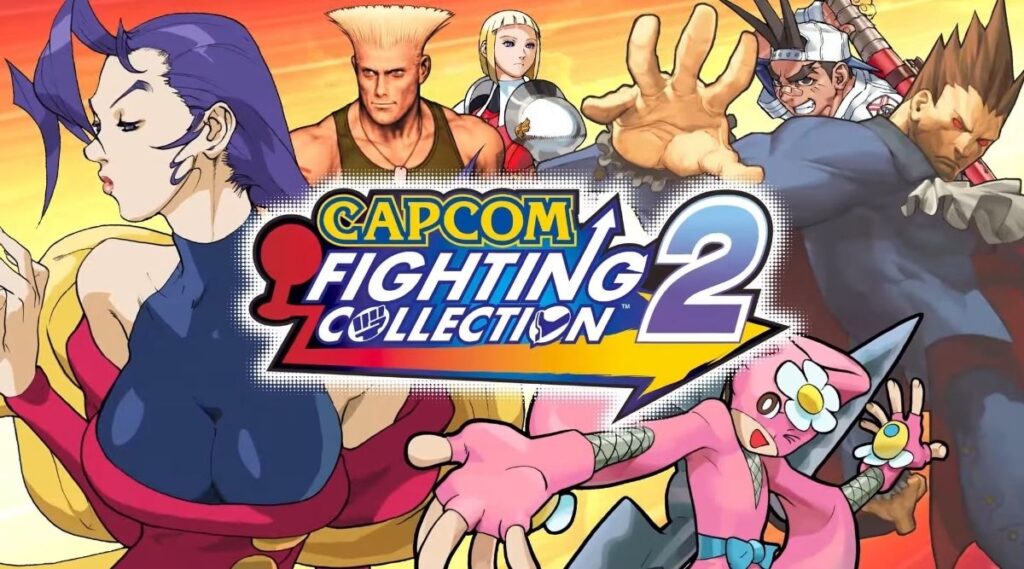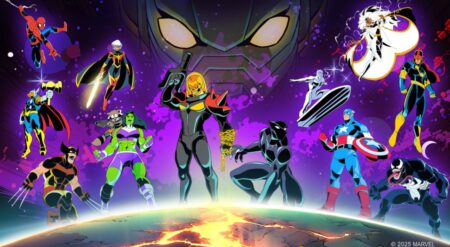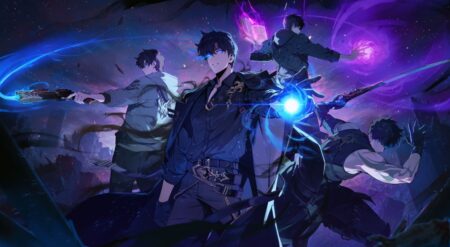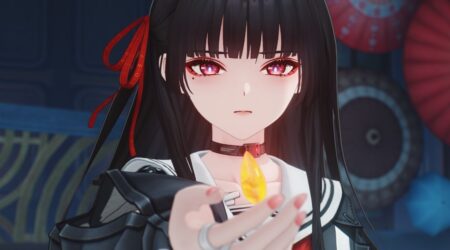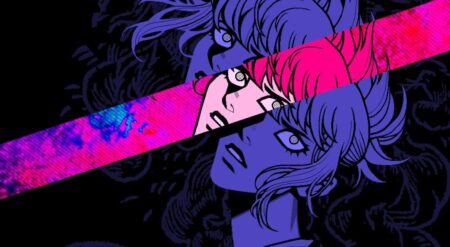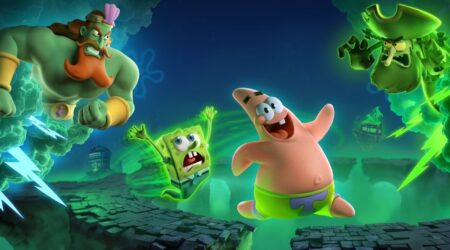Capcom returns with Capcom Fighting Collection 2, the second installment in its series of retro fighting game collections. The bundle sports eight distinct fighting games that span different series, eras, and gameplay styles. Having released numerous collections over the years, especially those dedicated to Street Fighter and Darkstalkers, Capcom has refined the fighting game formula with Capcom Fighting Collection 2—among its most polished releases yet.
The collection starts with Capcom vs. SNK: Millennium Fight 2000 Pro, an enhanced edition of the original crossover. This game blends the rosters of both Capcom and SNK, delivering standout pixel visuals and fluid animations. Players select two characters, with each round focusing on a different fighter, with health bars carrying over between matches. The ability to choose which character starts the match in each arcade round adds tactical depth. Controls feel great, and executing combos is smooth and satisfying.
Its successor, Capcom vs. SNK: Millennium Fight 20001, is more complex but less visually impressive. Lacking its predecessor’s “Pro” treatment, it suffers from dated character models and backgrounds. However, it introduces the Groove system, which allows players to select different fighting styles and customize control schemes. While this offers depth, it may also overwhelm players unfamiliar with the system. Despite its visual drawbacks, the UI and characters are still aesthetically pleasing.
Capcom Fighting Evolution carries over some of the visual flair and accessibility of Millennium Fight 2000 Pro, but is held back by a smaller and less varied roster. However, it earns points for being the only game in the collection to include characters from five distinct Capcom games: Street Fighter Alpha, Street Fighter II, Darkstalkers, Street Fighter III, and the lesser-known Red Earth.
The game’s most notable trait, however, is its difficulty. This is one of the few games in the collection where players will encounter the notorious challenge of arcade-era AI that were meant to take your money. The computer opponents are aggressive and smart, and unlike in other titles, there are few exploits or tactics to rely on. While the controls remain tight and the gameplay responsive, some characters feel significantly stronger than others, which makes it unnecessary to learn others.
Capcom Fighting Collection 2 has a strong mix of fighting game styles and eras.
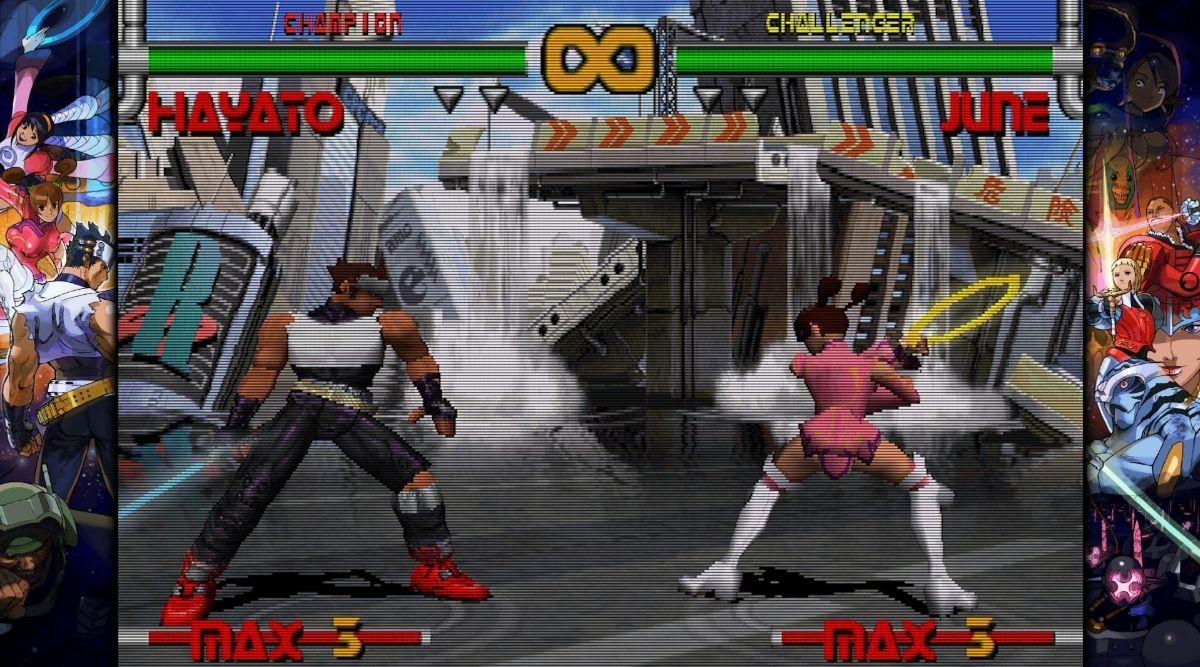
Street Fighter Alpha 3 UPPER is one of the most prominent titles in the collection and offers a well-rounded experience. Originally a Japan-exclusive update to Alpha 3, this version includes several additional characters, stages, and a reworked soundtrack. It also addresses various game-breaking issues from the original.
Performance-wise, this version of Alpha 3 is excellent on PC. There are no noticeable input delays, screen tearing, or major bugs. The game maintains its fast pace and retains a well-optimized visual presentation. Interestingly, despite being released earlier, its art direction and UI design outshine those of Capcom vs. SNK 2.
Then Capcom Fighting Collection 2 has Power Stone and its sequel, which break the mold of the traditional fighting games in the collection. These arena-based brawlers bring a unique twist, merging beat-’em-up mechanics with 3D movement in closed environments. Players can interact with objects in the stage to bash opponents, collect “Power Stones” to transform, and unleash flashy ultimate moves. The colorful and cartoonish visual style offers a lighter tone than the other entries.
The original Power Stone offers an innovative but occasionally chaotic experience. While the Power Stone mechanic is fun, matches often become chaotic, with players scrambling for the stones while dodging hazards and items. This feels highly overwhelming and disorienting for newcomers, especially as collecting these stones or preventing your opponent from collecting them is most of what you do in each round, which can be tedious.
Power Stone 2 amplifies the chaos, introducing more characters, environmental hazards, weapons, and even boss fights. It leans heavily into party-game territory, and while the sheer volume of on-screen activity can be hard to track, the sequel offers more fun and variety than the original. While it’s hard to call it a fighting game, the experience is entertaining and lends itself especially well to multiplayer sessions.
Not every game is updated, but all are satisfyingly rendered.
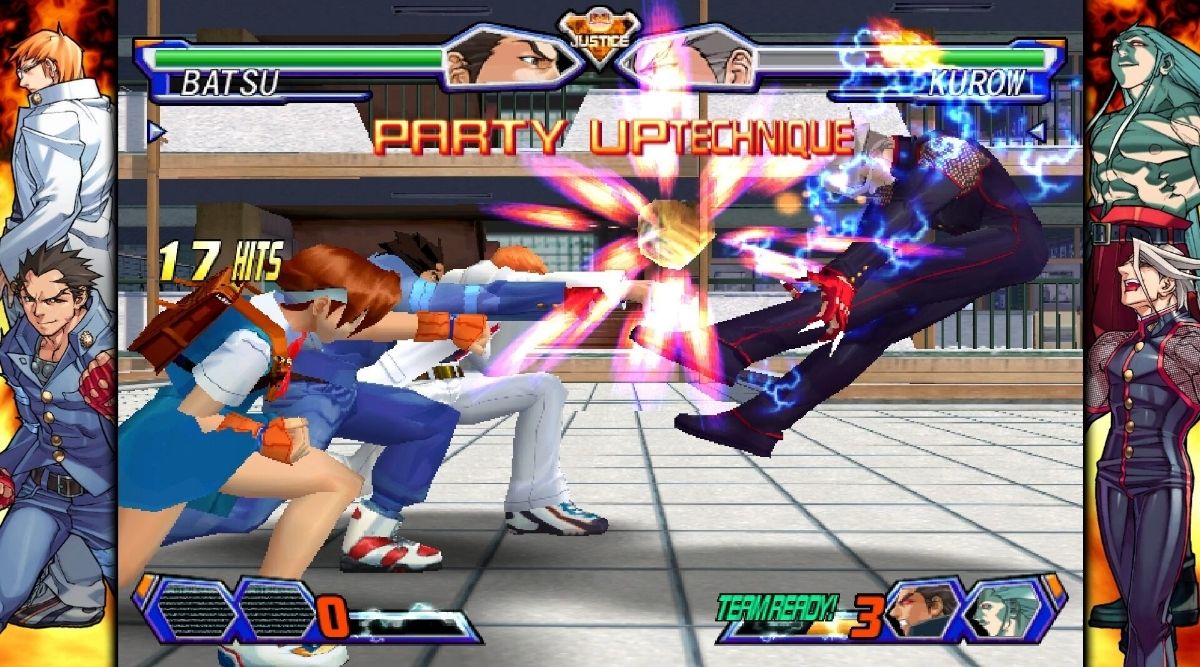
Project Justice is the sequel to Rival Schools: United by Fate and introduces narrative elements to the collection. It focuses on groups of high school students battling for various reasons, including personal conflicts and supernatural threats. While the storytelling lacks voice acting and is relatively simple, it’s visually engaging thanks to the character designs and background art that match the high school theme.
The gameplay features team-based combat where players select groups of fighters, each with unique special and ultimate attacks. The five-bar meter system allows for both individual specials and team-based ultimates. One of the highlights is the ability to swap team members between rounds, keeping matches fresh. However, the game still has some AI issues. Combat can be too easy to exploit, especially for players with fast reflexes, which reduces the challenge in certain encounters.
Rounding out the collection is Plasma Sword: Nightmare of Bilstein, a 3D sci-fi fighting game that blends campy, over-the-top elements with an incredibly stylish futuristic aesthetic. The game’s character designs, environments, and soundtrack are all creative and feel inspired by early sci-fi media, with a tone reminiscent of Star Wars.
Combat in Plasma Sword is visually satisfying, particularly when executing crazy ultimate attacks that often alter the stage and trigger character-specific sequences, such as launching missiles or transforming in size. However, controls can feel unrefined. Characters can feel floaty during movement, which makes it hard to perfect their moves.
Capcom Fighting Collection 2 is a standout retro bundle.
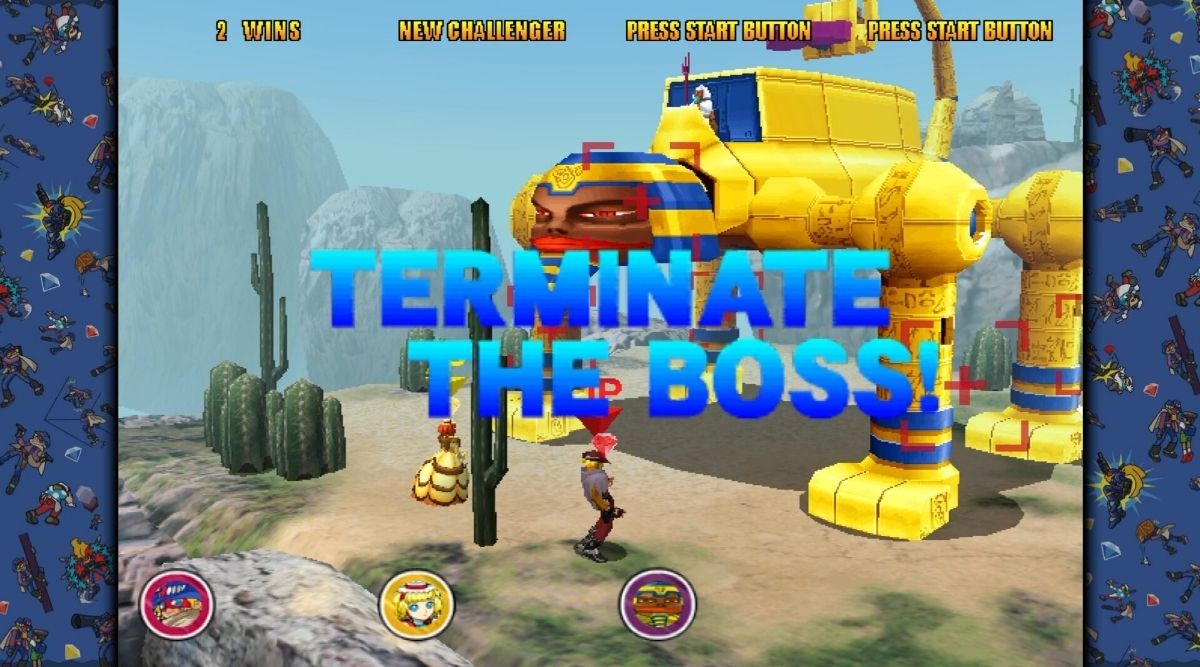
Aside from the games, Capcom Fighting Collection 2 offers modern features to improve the user experience. Quick save functionality allows players to save between difficult arcade fights, while customizable controls provide more convenience. However, the game also oddly swaps controller buttons on a PlayStation 5 controller, which it does not support fully, as its symbols are for an Xbox controller.
The collection also includes a Museum mode, which offers bonus content such as soundtracks, concept art, and promotional materials, all of which hardcore fans will likely enjoy.
Overall, while not every game in Capcom Fighting Collection 2 is equally balanced or polished, the variety and care taken in preservation make it a standout retro bundle that’s definitely worth the price. The new additions also make it more accessible and approachable to modern players.
Capcom Fighting Collection 2
-
Rating - 9/109/10
TL;DR
While not every game in Capcom Fighting Collection 2 is equally balanced or polished, the variety and care taken in preservation make it a standout retro bundle that’s definitely worth the price.

